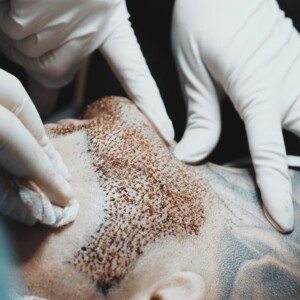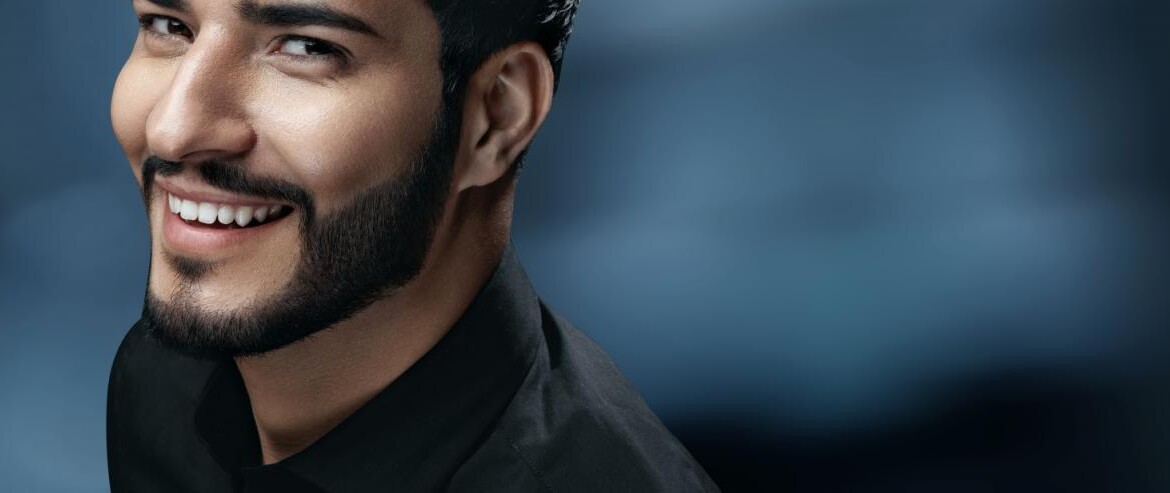Beards and hair are the makeup of men. The feeling of not having a beard is similar to what you feel when you see your hairless image in a mirror. Beards play an important role in an individual’s image. According to the statistics of International Society of Hair Surgery (ISHRS), the demand for beard and mustache transplantation has increased due to the increase in public knowledge on the topic of hair transplantation. There are no treatments that allow hair to grow in areas where they do not grow. Therefore the best method is the process of transplantation. For areas affected by thinning, folliculitis or scars, it is possible to achieve a more aesthetic look through the application of hair transplants with FUE or DHI techniques.
Who can benefit from beard transplants?
- People who cannot grow beards due to their genetics,
- People who have totally or partially lost the ability to grow beards due to scars or burn scars,
- People who can only grow asymmetric beards.

Hair-to-Beard Transplant
Similar to hair transplants, hair follicles are acquired from the donor site (the neck) using the FUE technique after which they are readied for the process of transplanting. Unlike hair, beards do not have triple or quadruple grafts. The beard only has double or single follicles. For this reason, the gathered hair follicles are divided to ensure that they are suitable for beard transplantation. After that, they are angled in a manner to fit the angle of the
beard and transplanted naturally using 0.6 mm pens.
How does hair integrate with the beard?
Since the hair planted in the beard area has a thinner structure than the beard, it raises the question of whether or not it will look like a normal beard. After the process, the hair that is planted in the beard area becomes thicker and thicker as it is shaved and takes on the appearance of a natural beard. Thanks to the denseness of this method of transplantation, perfect customer satisfaction is achieved.
Beard-to-Beard Transplants
The difference of this method is the fact that the donor site is the beard area. For this reason, the lower part of the chin and jaw area is preferred for the operation and follicles are acquired using the micromotor device after the application of local anesthesia. Extracted follicles are then grouped and readied for transplantation. The process of transplantation is the same as the process of hair-to-beard transplants.This method is a preferred method for our patients who have areas where the beard growth is sparse due to folliculitis or thinned growth. The number of roots that are extracted is lower in this method. There will be no marks or scars left in the donor area.
This method is a preferred method for our patients who have areas where the beard growth is sparse due to folliculitis or thinned growth. The number of roots that are extracted is lower in this method. There will be no marks or scars left in the donor area.

